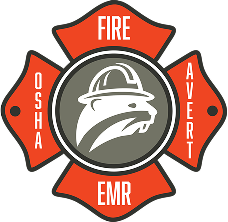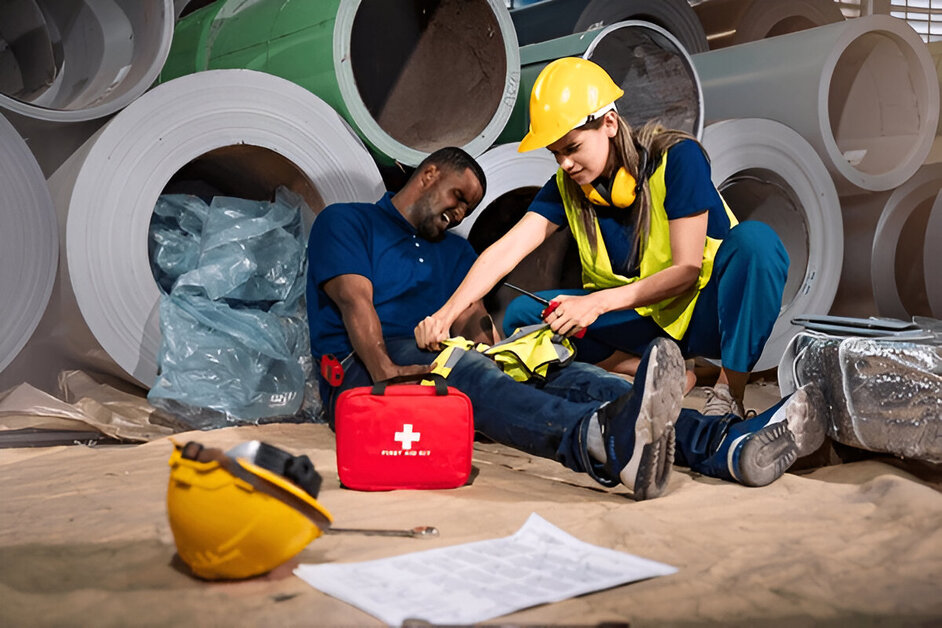Medical emergencies don’t announce themselves with advance warning. They happen suddenly, unexpectedly, and often when professional medical help isn’t immediately available. First aid training courses provide the knowledge and skills necessary to respond effectively during those critical moments before paramedics arrive.
What First Aid Training Encompasses
First aid training teaches participants how to provide immediate care for injuries and sudden illnesses. Unlike advanced medical treatment, first aid focuses on stabilizing conditions, preventing further harm, and supporting victims until professional medical assistance becomes available.
Modern first aid courses cover a comprehensive range of emergency situations. Participants learn wound care techniques, burn treatment, fracture management, and recognition of serious medical conditions like heart attacks and strokes. The training emphasizes practical skills over theoretical knowledge, ensuring students can act confidently during real emergencies.
Life-Saving Real-World Applications
Jennifer, a construction site supervisor in Denver, credits her first aid training with saving her colleague’s life. When a worker suffered a severe laceration from power equipment, Jennifer immediately applied pressure bandaging techniques learned in her course. Her quick response controlled bleeding until paramedics arrived, preventing potentially fatal blood loss.
Another powerful example comes from David, a hiking enthusiast who encountered a fellow hiker suffering from severe allergic reaction symptoms. Using skills from his wilderness first aid course, David recognized anaphylaxis signs and helped administer the victim’s epinephrine auto-injector. This quick intervention prevented a life-threatening situation from becoming fatal.
These stories illustrate why many organizations now require first aid certification alongside CPR certification training as part of comprehensive emergency preparedness programs.
Types of First Aid Training Programs
Standard First Aid Certification
This foundational course covers essential emergency response skills:
- Wound cleaning and bandaging techniques
- Burns, cuts, and bruise treatment
- Choking response for different age groups
- Basic shock management
- Emergency action planning
Wilderness First Aid
Designed for outdoor enthusiasts and remote workers, this specialized training addresses situations where professional help may be hours away:
- Extended patient care techniques
- Improvised equipment usage
- Environmental emergency response
- Evacuation decision-making
Pediatric First Aid
Focused specifically on infant and child emergencies, this training covers:
- Age-appropriate response techniques
- Common childhood injuries
- Infant choking procedures
- Fever and seizure management
Workplace First Aid
Tailored for specific work environments, this training often integrates with broader workplace safety training programs and addresses industry-specific risks.
Essential Skills Covered in Training
Wound Care Management: Participants learn proper cleaning, disinfection, and bandaging techniques for various wound types. Training includes recognizing when wounds require professional medical attention versus home treatment capability.
Emergency Assessment: Students practice the primary and secondary assessment techniques used by emergency responders. This systematic approach ensures no critical injuries are overlooked during high-stress situations.
Shock Prevention and Treatment: Understanding how to recognize and respond to different types of shock can prevent minor injuries from becoming life-threatening conditions.
Allergic Reaction Response: With allergies becoming increasingly common, first aid training now emphasizes recognizing severe allergic reactions and appropriate intervention techniques.
Industry-Specific Applications
Different industries benefit from specialized first aid training approaches:
Construction and Manufacturing: Workers face risks from heavy machinery, chemical exposure, and fall injuries. First aid training for these environments emphasizes trauma care, chemical burn treatment, and injury stabilization techniques that complement OSHA training programs.
Educational Institutions: Schools require staff trained in pediatric first aid, playground injury response, and medical condition management. Many combine this with active shooter training for comprehensive campus safety.
Healthcare Facilities: Even medical professionals benefit from first aid training, particularly for situations outside their specialty areas or when working with limited resources.
Hospitality Industry: Hotels, restaurants, and event venues need staff capable of responding to guest emergencies, from food allergies to slip-and-fall injuries.
Training Methods and Formats
In-Person Training: Traditional classroom-based courses provide hands-on practice with mannequins, bandaging materials, and emergency scenario simulations. This format allows for immediate instructor feedback and peer learning opportunities.
Blended Learning Programs: Many modern courses combine online theoretical components with in-person practical sessions. Students complete knowledge modules at their own pace, then attend skills practice sessions for hands-on experience.
Online Components: While hands-on skills require in-person practice, many programs offer online classes for theoretical knowledge. This flexibility accommodates busy schedules while maintaining training quality.
Certification Requirements and Validity
Most first aid certifications remain valid for 2-3 years, depending on the certifying organization. The certification process typically includes:
Written Assessment: Testing theoretical knowledge of first aid principles, emergency recognition, and treatment protocols.
Practical Demonstration: Students must demonstrate proficiency in bandaging, splinting, and other hands-on skills using proper techniques.
Scenario-Based Evaluation: Many programs include realistic emergency scenarios where students must assess situations and provide appropriate care.
Safety is a Mindset offers comprehensive first aid training programs that meet various industry needs. Our certified instructors bring real-world emergency experience to the classroom, ensuring students receive practical, applicable knowledge.
Legal Considerations and Good Samaritan Laws
First aid training includes education about legal protections for emergency responders. Good Samaritan laws in most states protect individuals providing reasonable emergency aid from liability concerns. Understanding these protections encourages people to act during emergencies rather than hesitate due to legal fears.
However, training also emphasizes working within skill limitations. First aid responders should provide care consistent with their training level and avoid attempting procedures beyond their certification scope.
Building Workplace Safety Culture
Organizations investing in employee first aid training often see benefits beyond emergency preparedness. Trained employees demonstrate increased safety awareness, reduced workplace accidents, and improved team confidence. This training frequently complements broader workplace safety training initiatives, creating comprehensive safety cultures.
Companies serving multiple locations can benefit from onsite safety training services that bring consistent, high-quality first aid training directly to their facilities.
Choosing Quality Training Programs
When selecting first aid training, consider these important factors:
Instructor Credentials: Look for instructors with current certifications, emergency response experience, and strong teaching backgrounds.
Curriculum Standards: Ensure programs follow recognized standards from organizations like the American Red Cross or American Heart Association.
Hands-On Practice Time: Quality programs provide ample opportunity for students to practice skills with realistic materials and scenarios.
Continuing Education: Choose providers offering refresher courses and advanced training opportunities to maintain and expand skills over time.
Integration with Emergency Preparedness
First aid training works most effectively as part of comprehensive emergency preparedness strategies. Organizations often combine first aid certification with CPR training, OSHA compliance programs, and industry-specific safety training.
This integrated approach ensures team members can respond to various emergency types, from medical crises to workplace accidents. Companies investing in comprehensive training create safer environments for employees, customers, and communities.
Take Action Today
Medical emergencies can happen anywhere, anytime. Don’t let lack of preparation turn a manageable situation into a tragedy. First aid training provides the knowledge and confidence needed to make a positive difference during critical moments.
Contact Safety is a Mindset to explore our first aid training options. We serve diverse industries and provide both in-person and online training solutions to meet your specific needs.
Whether you’re seeking personal skill development or comprehensive workplace safety programs, our experienced instructors will help you build the capabilities needed to respond effectively during emergency situations. Learn more about our course library and take the first step toward becoming prepared for life’s unexpected moments.






